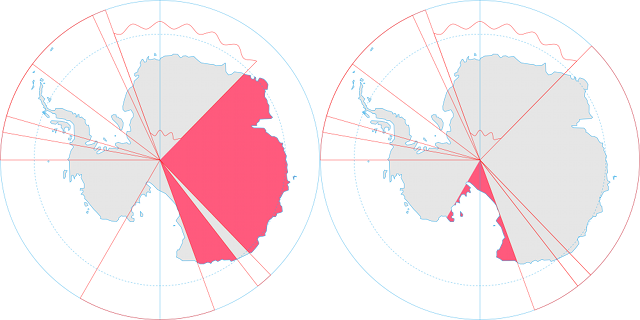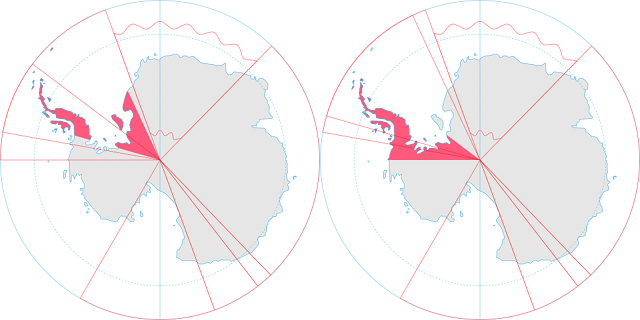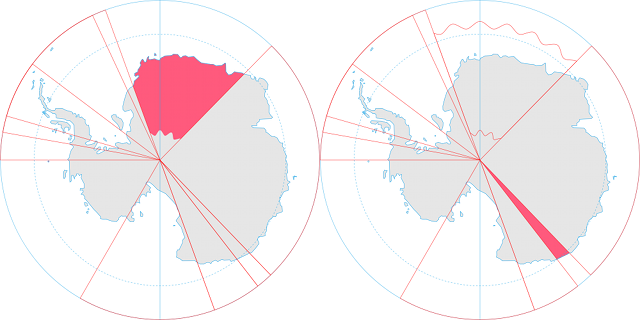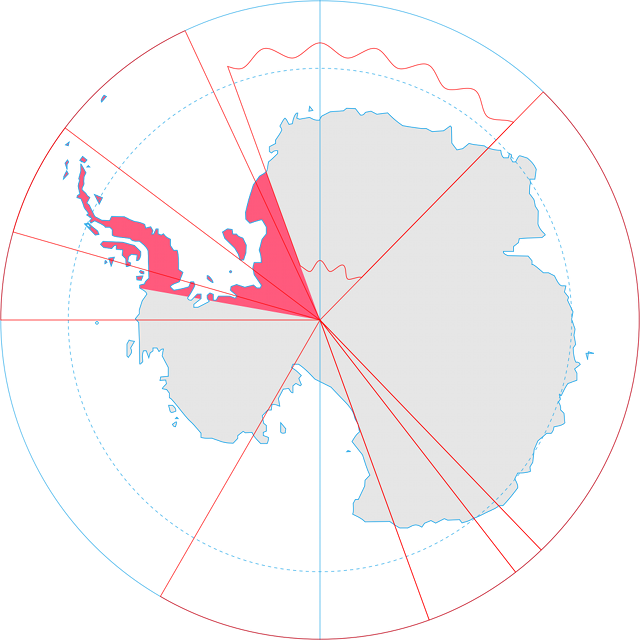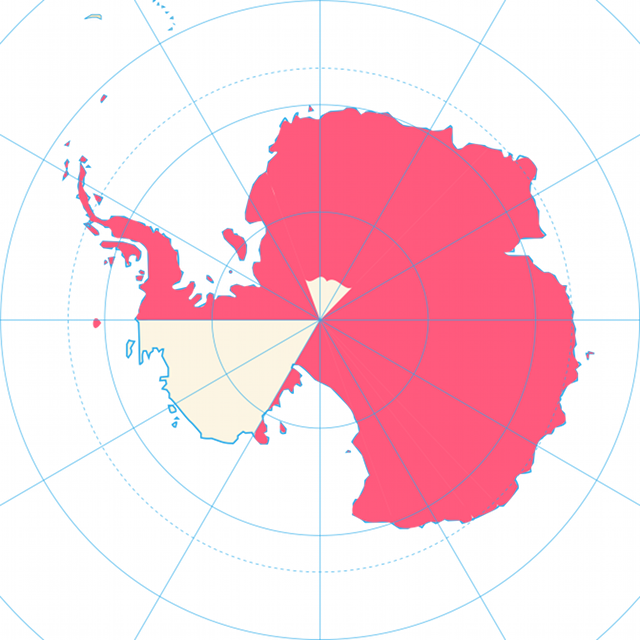 The Brunt Ice Shelf, with the Brunt Ice Falls behind it.
The Brunt Ice Shelf, with the Brunt Ice Falls behind it.
One of the problems with building a research station located* on the Brunt Ice Shelf in Antarctica is that the Brunt Ice Shelf is floating on the Weddell Sea. Not only do you have to keep jacking-up the base of the station to prevent it from being buried by accumulating snow, but you also run the risk of the entire ice shelf calving away as an iceberg.
The UK’s Halley VI Research Station, which was officially opened on 5th February, has been designed to combat both of these issues. The base sits on legs that can be hydraulically raised to prevent it from being submerged by snow, and at the end of each leg are skis that allow the entire base to be moved to a new location if and when it becomes necessary.


Close-up view of Halley VI’s legs.

The station is designed to be modular, making construction and maintenance easier. The blue modules are science modules, and the central red module is the main space for eating, drinking and recreation.

Halley’s primary purpose is atmospheric research. It was at Halley in 1985 that the hole in the ozone layer was discovered.
* The Brunt Ice Shelf is in the north-west quadrant of Antarctica, in an area claimed by the UK but also by Argentina and Chile.
